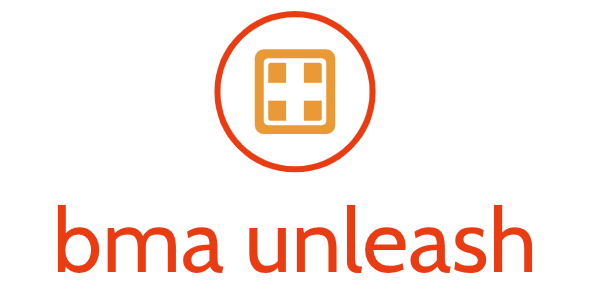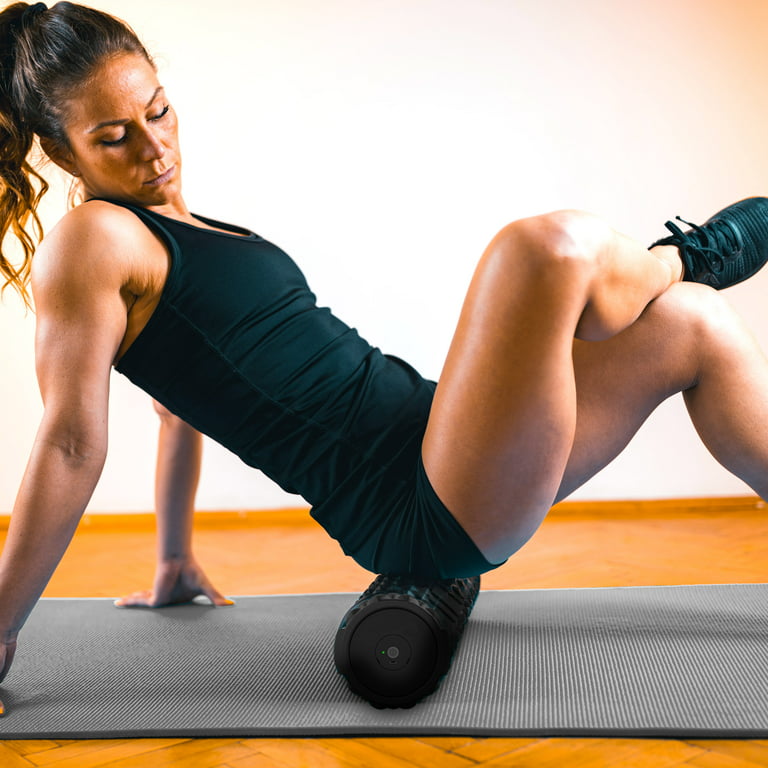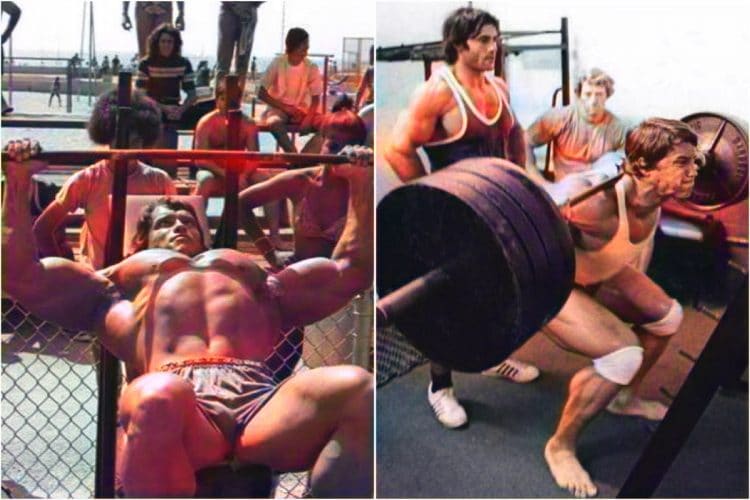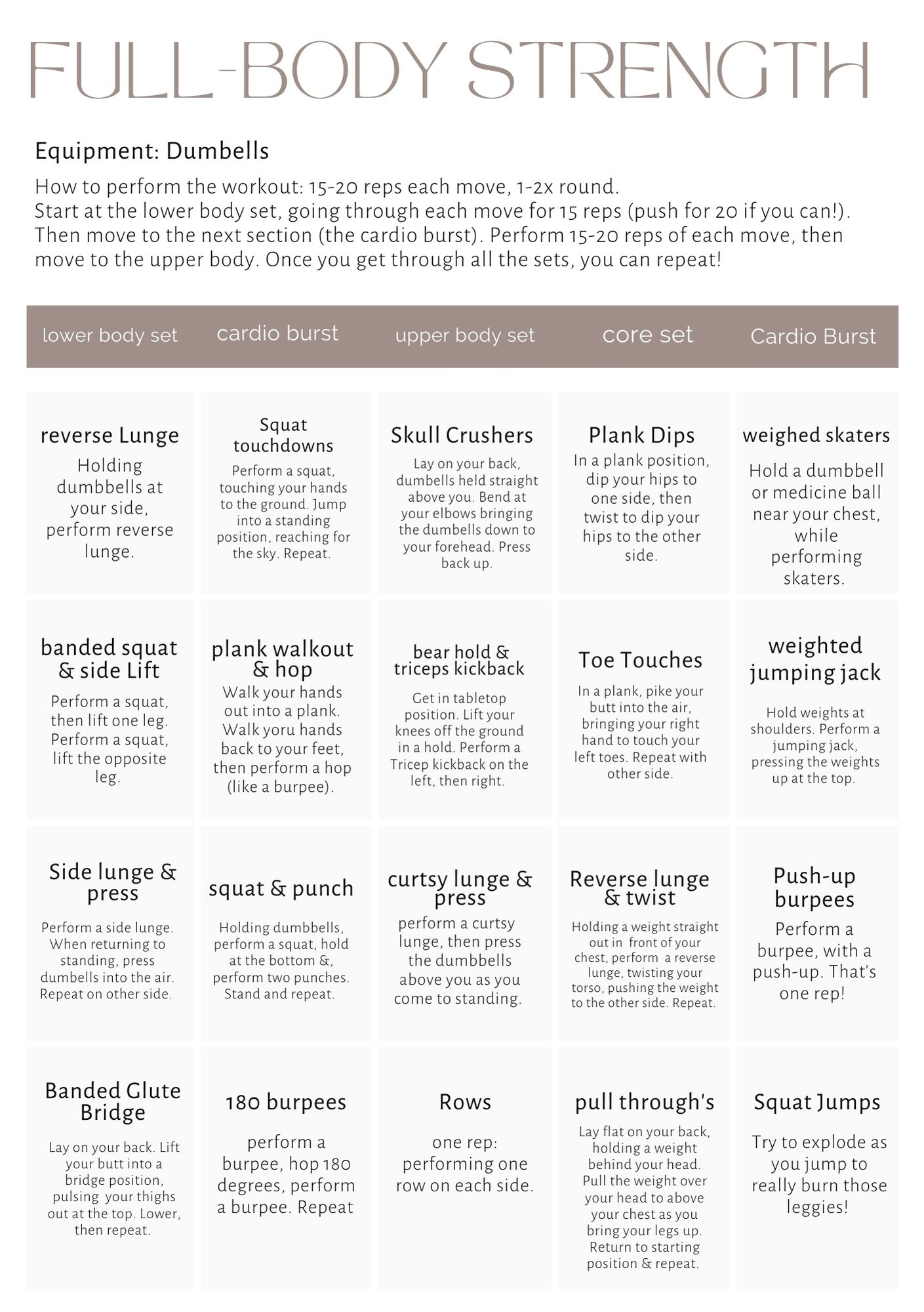

Elevate Your Recovery: Dynamic Fitness Cooldowns Guide
Post-workout recovery is just as crucial as the workout itself. Dynamic cooldowns offer a proactive approach to enhance flexibility, reduce muscle soreness, and promote overall well-being. In this guide, we’ll explore the importance of dynamic cooldowns and provide insights on incorporating them into your fitness routine.
Understanding Dynamic Cooldowns: Beyond Static Stretching
Dynamic cooldowns involve active movements that gently stretch and engage muscles after a workout. This goes beyond traditional static stretching by incorporating controlled, dynamic motions. The aim is to gradually bring your heart rate down, improve flexibility, and assist in the recovery process.
The Benefits of Dynamic Cooldowns: A Holistic Recovery Approach
Dynamic cooldowns offer a range of benefits that contribute to a holistic approach to recovery. They help prevent stiffness and reduce the risk of injury by promoting better joint mobility. Additionally, dynamic cooldowns aid in the removal of metabolic byproducts produced during exercise, accelerating the recovery process.
Dynamic Stretching: Enhancing Flexibility and Range of Motion
Incorporate dynamic stretching into your cooldown routine. This involves controlled movements that take your muscles and joints through their full range of motion. Leg swings, arm circles, and lunges are effective examples. Dynamic stretching not only improves flexibility but also prepares your body for the next workout.
Joint Mobility Exercises: Nurturing Flexible and Healthy Joints
Maintaining joint health is essential for overall mobility and injury prevention. Include joint mobility exercises in your dynamic cooldowns to target specific joints. Ankle circles, wrist rotations, and shoulder rolls can help improve joint flexibility and reduce any tension built up during your workout.
Foam Rolling: Self-Myofascial Release for Muscle Tension
Integrate foam rolling, a form of self-myofascial release, into your dynamic cooldowns. Use a foam roller to target specific muscle groups, applying gentle pressure to release tension and knots. Foam rolling aids in improving blood circulation, reducing muscle soreness, and enhancing overall muscle recovery.
Active Cool Down Cardio: Gradual Reduction of Heart Rate
Incorporate active cool-down cardio into your routine to gradually lower your heart rate. This can include light jogging, brisk walking, or cycling at a moderate pace. This controlled cardiovascular activity helps your body transition from the heightened intensity of your workout to a state of rest.
Mindful Breathing Exercises: Calming the Nervous System
Include mindful breathing exercises in your dynamic cooldowns to calm the nervous system. Focus on deep diaphragmatic breathing, inhaling slowly through your nose and exhaling through your mouth. This mindful approach not only promotes relaxation but also supports mental well-being post-exercise.
Hydration and Refueling: Replenishing Vital Nutrients
Dynamic cooldowns should also involve proper hydration and refueling. Drink water to replenish fluids lost during your workout and consider a post-exercise snack that combines protein and carbohydrates. This aids in muscle recovery and replenishes glycogen stores.
Personalizing Your Dynamic Cooldown: Listen to Your Body
Tailor your dynamic cooldown routine to your body’s specific needs. Listen to how your muscles and joints respond to different movements. If you feel areas of tension or stiffness, focus on those regions during your cooldown. Personalizing your routine enhances its effectiveness and addresses individual recovery requirements.
Dynamic Fitness Cooldowns Guide for Success
For a comprehensive guide on dynamic fitness cooldowns and personalized tips, explore Dynamic Fitness Cooldowns Guide. This resource provides expert insights, video demonstrations, and a structured guide to help you integrate dynamic cooldowns into your fitness routine effectively.
In Conclusion: Embrace the Power of Dynamic Cooldowns
Elevate your post-workout routine by embracing dynamic cooldowns. These intentional and active recovery techniques contribute to improved flexibility, reduced muscle soreness, and enhanced overall well-being. By incorporating dynamic cooldowns into your fitness regimen, you optimize your recovery and set the stage for future successes in your fitness journey.








